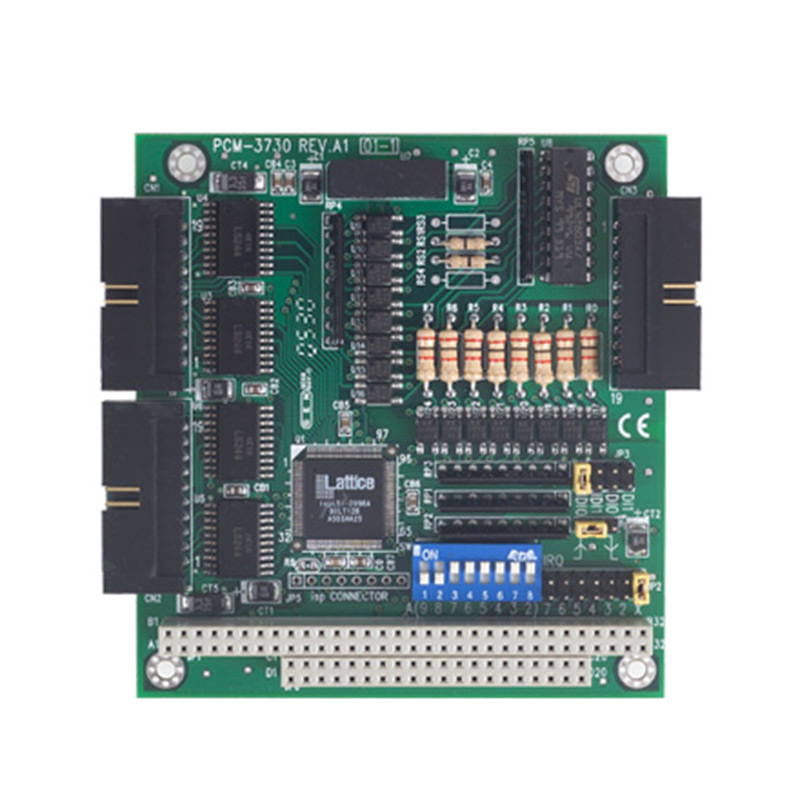

Types of Float Glass An Overview
Float glass has become one of the most widely used types of glass in construction and manufacturing due to its exceptional clarity and uniformity. This glass is created through a unique process that involves floating molten glass on top of molten tin, leading to a smooth and flat surface. The characteristics of float glass make it an ideal choice for various applications, including windows, facades, mirrors, and glass doors. There are several types of float glass, each designed to meet specific requirements and functionalities. In this article, we will explore the different types of float glass and their applications.
1. Clear Float Glass
Clear float glass is the most basic form of float glass, characterized by its transparency and clarity. This type of glass is used primarily in windows and glass doors where visibility is paramount. Clear float glass comes in various thicknesses and sizes, allowing for versatility in its application. It is also commonly used in picture frames and glass displays, highlighting its role in both functional and aesthetic contexts.
2. Low-Iron Float Glass
Low-iron float glass is designed to enhance clarity by minimizing the greenish tint that some standard float glass exhibits due to the iron content in the raw materials. This type of glass offers a higher light transmittance compared to traditional clear glass, making it ideal for applications where purity of light is essential, such as in solar panels and high-end architectural projects. Low-iron glass is particularly popular for retail displays and decorative mirrors, where superior optical quality is desired.
3
. Tinted Float GlassTinted float glass incorporates colored pigments during the float glass manufacturing process, resulting in a variety of colors that can help reduce glare and heat gain. By controlling the amount of light that passes through, tinted float glass is an excellent choice for energy-efficient building designs. This type of glass is often used in commercial buildings, where reducing solar heat gain can lead to energy savings and increased comfort for occupants. Additionally, tinted glass can enhance privacy while maintaining an aesthetic appeal.

4. Reflective Float Glass
Reflective float glass features a thin metallic coating that allows it to reflect a portion of sunlight while also allowing some light to pass through. This type of glass serves dual purposes it reduces solar heat gain and enhances privacy by making it difficult to see through from the outside during the day. Reflective glass is commonly used in office buildings and skyscrapers, where both aesthetics and energy efficiency are priorities. It helps in maintaining a cool indoor environment and adds a sleek appearance to modern architectural designs.
5. Laminated Float Glass
Laminated float glass consists of two or more layers of float glass bonded together with a layer of polyvinyl butyral (PVB) or ethylene-vinyl acetate (EVA) in between. This construction provides enhanced safety, as it prevents the glass from shattering upon impact. Laminated glass is often used in environments where safety is critical, such as in schools, banks, and high-traffic areas. Moreover, it also offers sound insulation and UV protection, making it a versatile choice for various applications.
6. Tempered Float Glass
Tempered float glass is heat-treated to increase its strength and thermal resistance. This type of glass can withstand higher temperatures and is less likely to shatter upon impact compared to standard glass. Tempered glass is commonly used in shower doors, glass tables, and storefronts, giving a balance of safety and style. Its increased durability makes it a preferred choice in both residential and commercial applications.
Conclusion
Float glass comes in various forms, each catering to specific needs and preferences. From clear and low-iron to tinted and reflective options, the types of float glass available today provide endless possibilities for architects, designers, and consumers. As technology advances, we can expect to see even more innovative glass solutions that enhance functionality while maintaining aesthetic appeal, making float glass an essential material in modern construction and design.